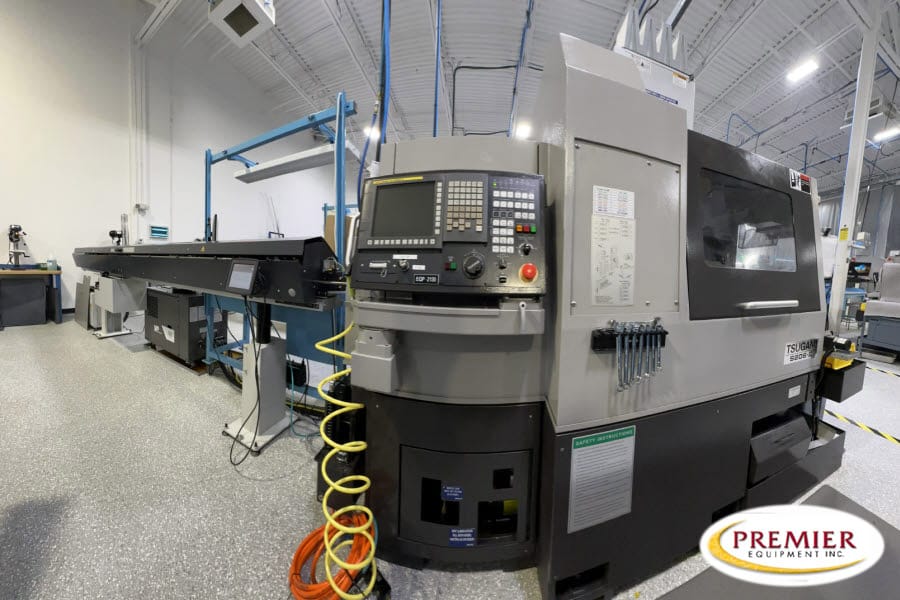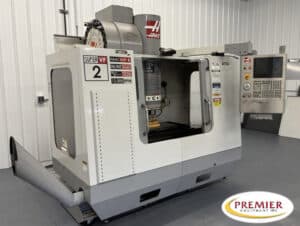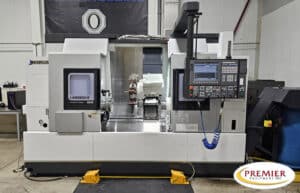Revitalizing the Workforce
The manufacturing sector in the United States is seeing a fresh resurgence thanks to new technology, reshoring efforts, and a fresh commitment to producing goods in the U.S. But a critical shortage of skilled machinists is hampering this growth. The demand for precision parts and complex manufacturing processes has never been greater, and with this the demand for highly trained machinists has never been more urgent.
The Skills Gap
The manufacturing industry has a long history of skills gap, but it has grown more apparent in recent years. The U.S. manufacturing sector is expected to be short over 2 million skilled workers by 2025, according to a National Association of Manufacturers (NAM) report. The retirement of baby boomers and the absence of younger workers entering the trade account for the bulk of this deficit.
In particular, machining demands a special combination of technical knowledge, dexterity of the hands and problem solving skills. In today’s manufacturing facilities, modern CNC machines are ubiquitous, and operators need to be proficient in programming, setup and troubleshooting. The precision needed and the complexity of these machines make skillful machinists musts.
Step Up Training Programs
There are a host of training programs and educational institutions cranking out a new generation of machinists to fill this skills gap. Specialized courses and certifications in CNC machining, CAD/CAM design, and other related skills are being offered in vocational schools, community colleges, and apprenticeship programs.
One such is The National Institute for Metalworking Skills (NIMS) which offers industry recognized certifications against which machinists are certified. The industry regards NIMS certifications as an industry standard and a benchmark for employers to look for skilled workers.
There is also traction with apprenticeship programs. These programs combine on the job training with classroom instruction, and students can earn a salary while they are learning. Ultimately, the Department of Labor’s ApprenticeshipUSA program, which provides funding and resources for apprenticeships in numerous different trades, created to include machining .
Industry Partnerships
Collaboration among industry stakeholders and educational institutions represents an important key when developing effective training programs. Partnerships between many manufacturers and local schools are being forged to develop customized training curricula specific to their needs. For example, Here at Premier Equipment, we offer scholarships or sometimes work with vocational schools to provide on the job training on their equipment.
These partnerships see that students are trained on the latest technology, and provide a pipeline of skilled workers for the industry. Companies such as Boeing and Lockheed Martin are also heavily investing in workforce development programs, because they know that having a well trained workforce is a long term asset.
The advancements in technology
Other reason that is driving the demand for skilled machinists is the rapid evolution of technology in manufacturing sector. Operators of CNC machines, 3D printers and other advanced manufacturing tools must also know how to operate software and problem solve intricate systems.
The landscape becomes confounded by the integration of Industry 4.0 technologies including IoT (Internet of Things) and AI (Artificial Intelligence). Though these technologies can bring tremendous productivity gains, they also require workers with the ability to run and maintain these systems.
For instance, CNC machines with high end CNC controls like Siemens Sinumerik or Fanuc need operators who know programming languages like the G-code or M-code. Moreover, CAD/CAM software such as SolidWorks or Mastercam knowledge is necessary for designing and manufacturing of complex parts.
Government Initiatives
They are also being aided by government initiatives. Workforce development programs are funded with the Workforce Innovation and Opportunity Act (WIOA) and include programs for manufacturing and machining.
Tuition free training in advanced manufacturing technologies is available through state level programs like the Michigan Advanced Technician Training (MAT2) program. The purpose of these programs is to draw young people into the trade and to give them the skills to be successful in the modern manufacturing environment.
Future Outlook
Because the U.S. manufacturing sector continues to grow, the demand for skilled machinists will continue to grow. Workforce development initiatives take investments in workforce development from stakeholders in the industry educators, employers, and policymakers.
If American manufacturing is to have a future, it will rely on being able to produce a workforce that can effectively use the latest technologies and adopt the changing needs of the industry. We believe we can support and grow existing machinist training programs to ensure the next generation of machinists is ready to drive innovation and growth in this critical sector.
In short, the issue of needing skilled machinists is a problem but it’s also an opportunity for growth and development. By coming together in these collaborative industry, education, and government efforts . . . we can revive America’s workforce and ensure a thriving future for American manufacturing.




